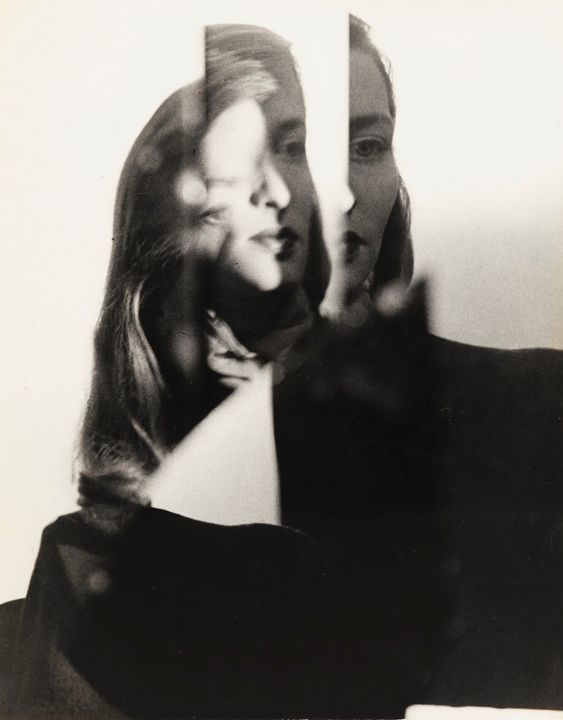
You can move the focus off the shutter to the ~ button (AF-ON button) when shooting pelagics to prevent your camera from hunting in the blue water. The reason why this method is called " ~ing" is because the button that is usually selected for the job of focusing is typically on the back of the camera. This has several benefits, including lighter lenses and a narrower field of view (which implies "longer" zoom). These lenses place the rear of the lens closer to the camera's sensor (referred to as short ~). Unless you press the ~ button again your focus is effectively locked. Line up your focus point, press your ~ button and, when focus is achieved, take your thumb off the ~ button. Again, leave your camera on Continuous A/F or AI Servo. Unfortunately, people turn to it when the real problem is actually one of technique." The truth is most lenses do not require AF fine tuning or calibration. "If you see consistent front or ~ing you may want to consider AF fine tuning/lens calibration. The idea behind developing EF-S lenses in the first place, was to create a more cost effective solution (especially when talking about wide angle zoom lens), aimed at the mid range SLR camera user. Hence the reason EF-S stands for short ~, as there is less space between the lens and the sensor. In a retrofocus design, which is advantageously applied to wideangle lenses, the ~ is designed longer than the lens' focal length to allow clearance for the movement of the reflex-mirror (No Mirror Lock up or seperate viewing accesory attachment is required). I wanted to be with my subjects face to face and for them to collaborate in making the picture.

I didn't want to be the unobserved observer. The presence of a large format camera on a tripod, with its bellows and ~ing cloth, gave sense of dignity to the act of taking pictures. It resembles an automotive scissor jack on a smaller scale, but with an enlarged platform. A gadget called a "laboratory jack" is a convenient way of moving the subject. ~ing works to a degree, but the real answer is to focus by moving either the whole camera or the subject. This cuts down on aberration and reduces the common issue of lenses being " soft" when shot at their widest aperture. These lenses also feature a large 54mm lens mount and a short ~ distance, which place rear elements closer to the image plane.
Come back in focus again how to#
Self-taught photographer outdor photography books free photographic software raw vs jpeg for beginner begginer's guide ~ lens test fixie incredible photos Lomo Application Download For Pc Photographing concerts camera setting hoya cpl Women's Studies parades photo tips nikon 105mm how to photographing parades. The "S" stands for "short ~" and indicates that the distance from the back of the lens to the camera's sensor is less than that of an EF lens. SIGMA's 105 is probably just about a good - but "just about" isn't what I'm shopping for, and while it was probably excellent at the time of its release (c. ] ~ probs with another lens, I'm also attracted by Tamron's console. I am quite curious, why my D700 do not have any problem but only at my D3s? My D3s do not have any focusing problem with all my Nikon lens (24-70, 50 1.4D, 80-200, 16-35) The ' EF-S' designation is Canon's way of labelling lenses with Short ~, which indicates the distance between the sensor plane and the rear element of the lens is shorter than in an EF lens.īut, when I mount to my D3s, I am having front or ~ issue So, if you use ~, does that mean that the huge numbers of focus points on some cameras isn't really important?

Making the very most of the viewfinder dioptric adjustment in order to use the camera's viewfinder without your glasses (assuming that you wear them in the first place, of course). Using the ~ing button in order to focus on a scene, expose for it and shoot it-all with just one, dedicated button Something needs to be improved from Sigma lens still though. And the Sigma lens still the problem with the severity of aliasing/ moire. Sony one is still stable with both back and front focus so it spot on 0. ~ issue can be seen in your bokeh real world comparison from Sigma lens. ~, or back-focus, is the error of having a subject be accidentally out of focus, and sharp focus instead falling behind or past the subject.

This is the colour that appears when part of an image is erased, cut or deleted. Barring user error, a lens could be tested at -2 and back focusing slightly or tested at +1 and front focusing slightly.ĭistance between the back surface of the lens and the image plane, when the lens is focused at infinity. Most of the time this is caused by the user. Front focusing is when the focus falls in front of your intended subject and back focusing is when the focus falls behind your intended subject.


 0 kommentar(er)
0 kommentar(er)
